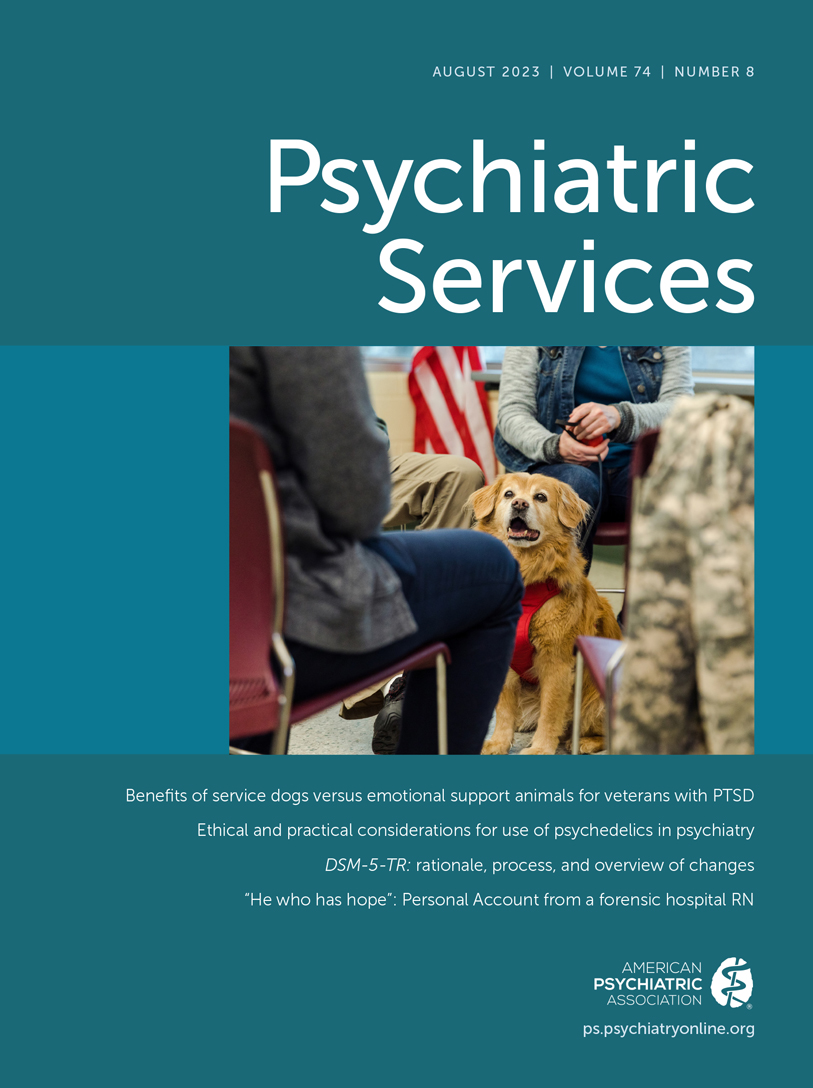Geographic Trends in Pediatric Psychotropic Medication Dispensing Before and After the Start of the COVID-19 Pandemic
Abstract
Objective:
This study examined trends and geographic variability in dispensing of prescription psychotropic medications to U.S. youths before and after the start of the COVID-19 pandemic.
Methods:
Using national data on prescription medication dispensing, the authors performed a cross-sectional study examining the monthly percent change in psychotropic medications dispensed (total N=95,639,975) to youths (ages 5–18 years) in 2020 versus 2019, across medication classes and geographic regions.
Results:
For many medications, more were dispensed in March 2020 than in March 2019 and fewer in April–May 2020 versus April–May 2019. Stimulants had the largest decline: −26.4% in May 2020 versus May 2019. The magnitude of the monthly percent change varied by region.
Conclusions:
Fewer psychotropic medications were dispensed to U.S. youths after the start of the COVID-19 pandemic compared with 2019. Although some medication classes rebounded to prepandemic dispensing levels by September 2020, dispensing varied by class and region.
Access content
To read the fulltext, please use one of the options below to sign in or purchase access.- Personal login
- Institutional Login
- Sign in via OpenAthens
- Register for access
-
Please login/register if you wish to pair your device and check access availability.
Not a subscriber?
PsychiatryOnline subscription options offer access to the DSM-5 library, books, journals, CME, and patient resources. This all-in-one virtual library provides psychiatrists and mental health professionals with key resources for diagnosis, treatment, research, and professional development.
Need more help? PsychiatryOnline Customer Service may be reached by emailing [email protected] or by calling 800-368-5777 (in the U.S.) or 703-907-7322 (outside the U.S.).



